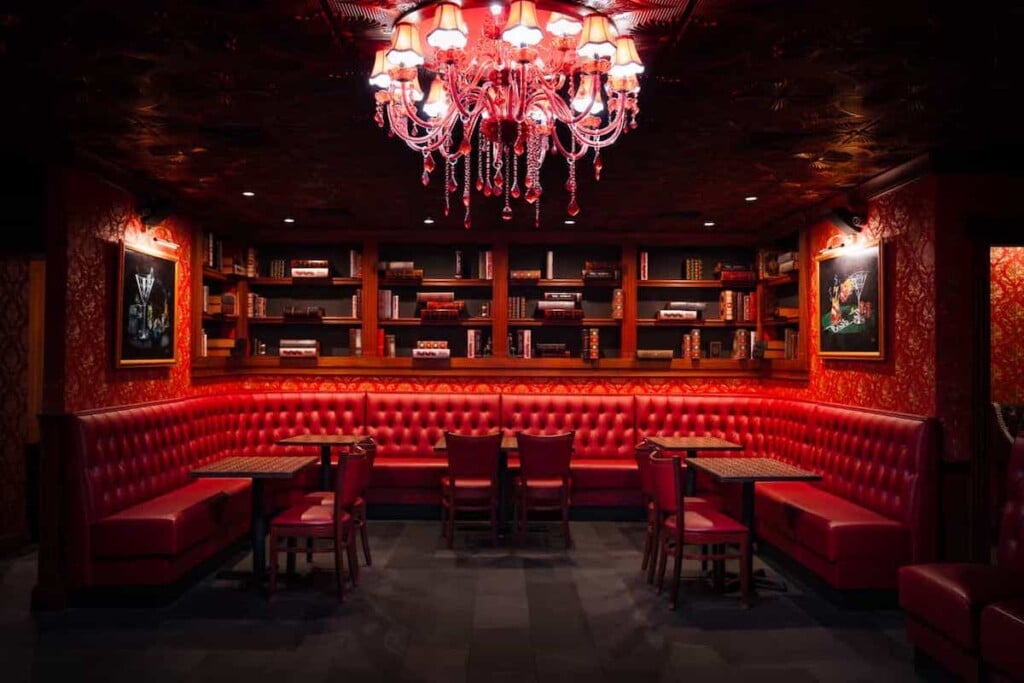Letters to the Editor may be
sent to: Honolulu Magazine, P.O. Box 913, Honolulu, HI, 96808-0913, faxed: 537-6455
or e-mailed: letters_honmag@pacificbasin.net “WHO
IS MIKE GABBARD?” AUGUST 2004
Ronna Bolante’s examination of the city councilman
and controversial candidate for Congress. I find Mr. Gabbard’s
rhetoric [regarding homosexuals] to be offensive and unfair. Stereotypes do not
represent all of our society. For instance, the gay people I know are educated,
career-minded professionals who happen to be faith-based, law abiding, peace advocating,
taxpaying, non-threatening and compassionate members of society. It is difficult
for me to understand how this group can be a detriment to society. Gay people
have existed from the beginning of time and will continue to do so. When extremist,
self-righteous zealots hide behind religion to spew hatred, I am hoping that,
instead of bowing to oppression, gay people will unite and find their voice to
speak out against such egregious discrimination and bigotry. Jeff Davis,
via e-mail I found your article, “Who Is Mike Gabbard?,” very interesting,
but not very revealing. As the title of the article asks, I was hoping to get
to know more of who he is and his motivations. I am aware of his very public,
ongoing anti-gay stand. I would have liked you to ask the harder questions, like
why would someone take on a lifetime crusade against a group of people? He has
spent a lot of money, time and energy on this one issue. There are more pressing
issues as a public servant. Another questions is, where is he getting the funding
for his very expensive campaigns? I feel there are many more questions that could
have been addressed. I am glad to know about his association with the group
that broke off with the Hare Krishna group and other issues that were brought
up in the article. Thank you. I feel with all the candidates running for offices,
it is important to know where they stand and their track records, beyond the name
recognition created by their many signs. Mark Kadota, via e-mail In
your profile of U.S. congressional candidate Mike Gabbard, I couldn’t find any
mention of Gabbard’s views on healthcare, the federal budget deficit or even the
war on Islamofascism. There was, however, page after page on homosexuality. Based
on your article, I think it’s fair to ask: Who really is the one with the single
issue-Mike Gabbard or HONOLULU Magazine? Dean Alan, Ka-ne’ohe “CAN
WE MAKE HONOLULU COOL?” AUGUST 2004
A. Kam Napier’s look at the city and county
of Honolulu’s first attempts at smart-growth development plans. Smart
growth essentially means higher density in the urban core. The alternatives to
smart growth are either expanding to the limits of buildable land or controlling
population growth. Cliff Slater and other critics of smart growth seem stuck
in a vision of vast undeveloped acreages that exist somewhere just past the last
newly built housing tract. They worship the automobile as the force that binds
our universe together. They know that we can accommodate more houses on O’ahu
by building more roadways and widening existing roads. Mass transit is not a viable
option in their world, since it is linear and does not efficiently service the
fringes of our sprawling communities. Even with land still available on
O’ahu for housing expansion, the fallacy of continued urban sprawl as a viable
alternative to smart growth is easily dispelled with a visit to our newest communities.
To make housing affordable on O’ahu, single-family dwellings are packed to a density
approaching townhouses, but with less green space. Increasing density in the urban
core might increase noise and congestion, but we’re achieving that anyway with
single-family housing in our urban sprawl areas. In terms of smart growth, asking
“do we want this” is a moot point. Smart people are confronting reality. Richard
Quinn, Honolulu
Smart growth is a bundle of inconsistencies seemingly
devoid of any redeeming value. Your August story proved the point. While Eric
Crispin, city Department of Planning and Permitting director, was quoted on the
desire to stop paving over our environment (the city is a big contributor to the
problem) the smart-growth proponent who produced the before-and-after pictures
was busy paving over Mother Waldron Park in Kaka’ako to make it into a piazza.
(See “after” picture, page 75, August 2004.) The smart-growth change made
it worse, not better. A pleasant grassy area in a dense urban setting had been
paved, taking it out of active recreational use, creating more polluted runoff
and adding more people (higher buildings around the park) to the demand for the
now diminished, or nonexistent, active recreational space. Such movement does
not represent forward progress. Don Bremner, Kailua |









